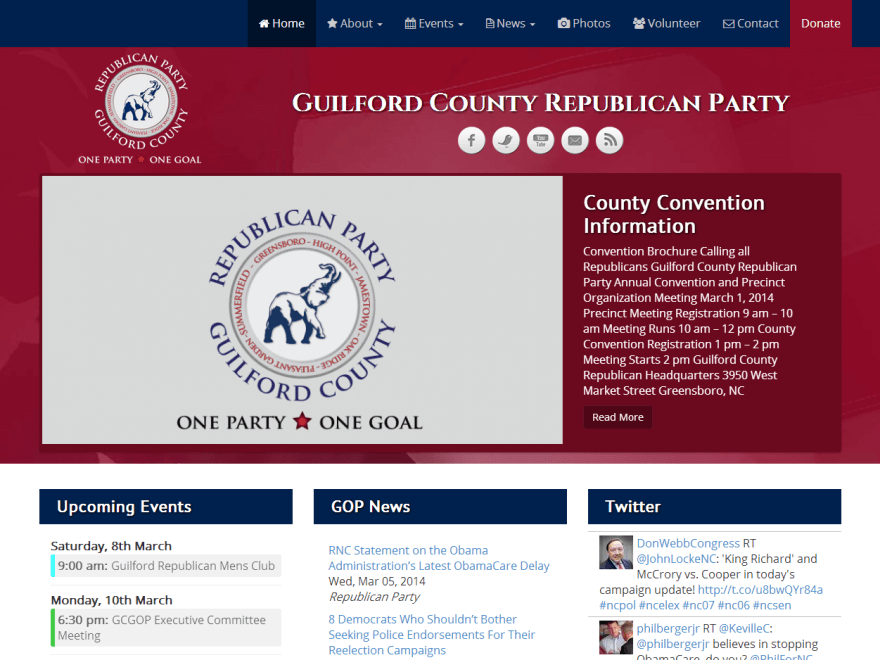I never realized just how many of my friends from high school and college could be classed as “liberals” until the last election. Maybe it’s just my sensitivity to the subject matter over the last few years, but it seems that I can’t go a day without at least 3 “outrage” articles about Republican politicians coming across my Facebook feed.
Usually, I can tune them out. I see them all the time. I may label myself a Republican, but certainly don’t fall within the mainstream or core of the party. Just the way I am. Some might even call me a RINO. In my business, expressing your political views is generally frowned upon, and can even lead to lost business. But regardless, I’m not the stereotypical Republican. I typically don’t care for a lot of the views of the Tea Party faction or the “Religious Right” (not being overly religious myself).
But one such article posted today riled me up. Here’s a link to the article – http://minnesota.cbslocal.com/2014/03/11/rep-bachmann-gay-communities-are-the-real-bullies/. The “outrage” over what Rep Bachmann said. I hadn’t even read the article, but my friend’s commentary prompted me to post something just as scathing about the “liberal left”.
But then I took a second and read the article. The content isn’t so bad. I tend to agree to a certain extent with her comments that the LGBT community is beginning to look like bullies. (whether they are or not is a different matter) Between the outrage just a few months ago regarding the comments made by Phil Robertson and his “discipline” from A&E over said comments, the Chick-fil-A boycott, and everything else, the LGBT community is putting itself in a bad light.
But stepping back from that, what bugs me most about the current political climate these days is that people seem to focus on the delivery than the content of the message. I won’t deny there’s been quite a few politicians the last few years who have stepped in it. That goes without saying. But automatically, one side or the other “drinks the kool-aid” of their party and automatically writes off whatever the opposition says, usually in the most provocative and insulting manner possible. I’ve said similar before – it’s become a matter of fitting the most attention-grabbing thing possible into 140 characters or less than about real issues. The first step to negotiation and compromise is seeking to understand the other’s viewpoint. We’re not doing that anymore.
Maybe it was this way during the 1850’s/1860’s and 1950’s/1960’s (minimizing the message to the most galvanizing/polarizing thing possible), or maybe it wasn’t. But I can’t help but think that if we don’t stop focusing on the tone (and let’s face it, we color the tone with our own perceptions) and start focusing on the message, the war of words will eventually escalate into a fistfight, or worse.




